For decades, courts have been struggling to reconcile two conflicting theories of what constitutes unlawful discrimination. The first theory, often called “disparate treatment,” reflects the commonly understood meaning of “discrimination.” Under this theory, a government action discriminates—violates the principle of equal protection or equality under the law—if it explicitly or implicitly treats members of one race or other special group differently from others. Examples of disparate treatment include Jim Crow’s black codes, university admission caps and quotas, and policies excluding women from certain positions.
The second theory, known as “disparate impact,” argues that the definition of discrimination should be much broader and include laws and policies that, while neutral in their application and operation, disproportionately harm members of a specific group. An example of a rule that would be considered discriminatory under this theory, but not under disparate treatment, would be a requirement that all soldiers in a particular unit be over six feet tall—because, as a statistical matter, far fewer women would be eligible than men. In several othercases, Cato has argued that allowing disparate impact theory claims against government bodies is problematic because a government can assure that a rule doesn’t accidentallyproduce statistically unequal outcomes is to engage in intentionally discriminatory policies—like quotas—that can ensure a specific outcome.
Here is the case that proves this point: Buffalo makes promotions within its fire department on the basis of both merit and seniority. Firefighters who wish to be considered for advancement have to pass a set of exams. Those who are successful are placed on a list of candidates eligible for promotion within a set time period. If a candidate isn’t promoted within that period, however, the promotion qualification expires and he’s forced to re-take the exams.
Recommended
During one administration of the exam, the only successful candidates were white. Because that was statistically unlikely given the racial makeup of the department, the city feared that if it promoted the successful candidates, it would be sued for having a policy that had a disparate impact on non-white firefighters. Its solution was to make a racially based decision not to promote any of the qualified candidates, allowing their promotion-list placements to expire.
In a litigation battle that has progressed in fits and starts over many years, Cato has now joined the Pacific Legal Foundation and other concerned groups on a brief reminding the New York Court of Appeals (that state’s highest court) that allowing government to engage in disparate treatment to avoid accusations of disparate impact simply trades one form of discrimination for another. And, as Chief Justice John Roberts wrote for a Supreme Court plurality back in 2007, the way to stop discrimination on the basis of race is to stop discriminating on the basis of race.
The New York Court of Appeals will hear argument in the case of Margerum v. City of Buffalo on January 6 in Albany.For more on the “war between disparate impact and equal protection”—in the context of a previous firefighter-promotion case—see this prescient essayby Kenneth Marcus in the 2009 Cato Supreme Court Review.


















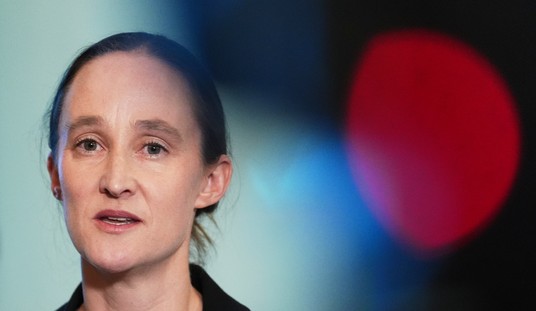
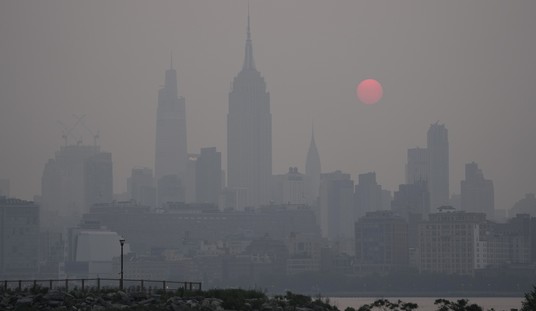
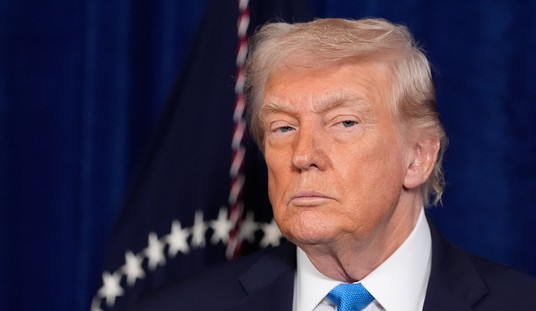

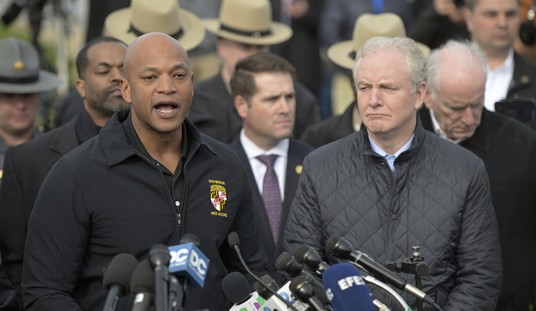
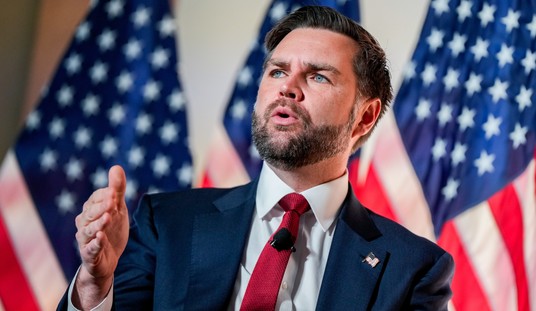
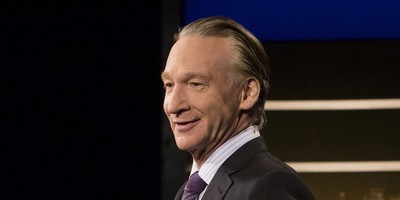
Join the conversation as a VIP Member